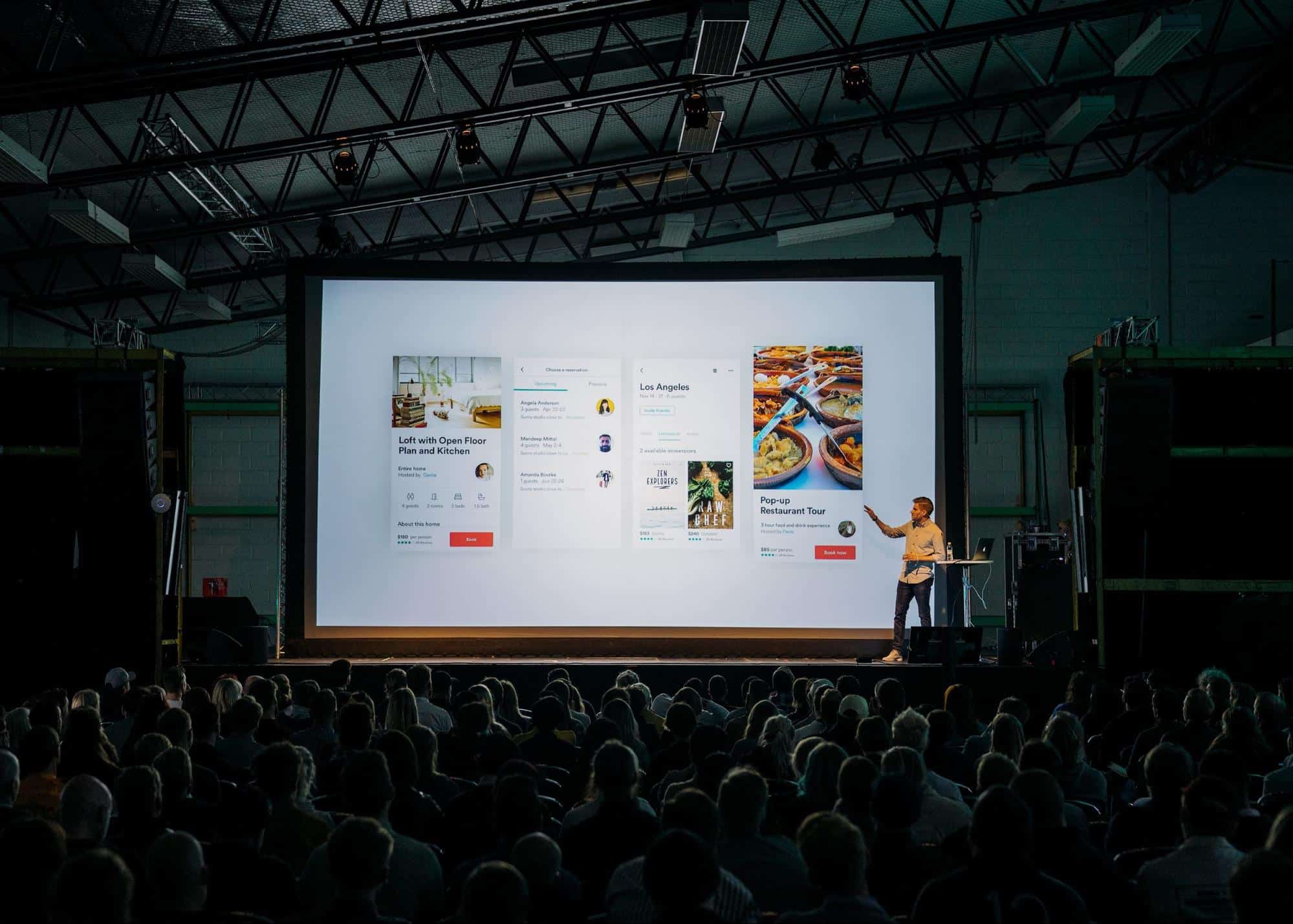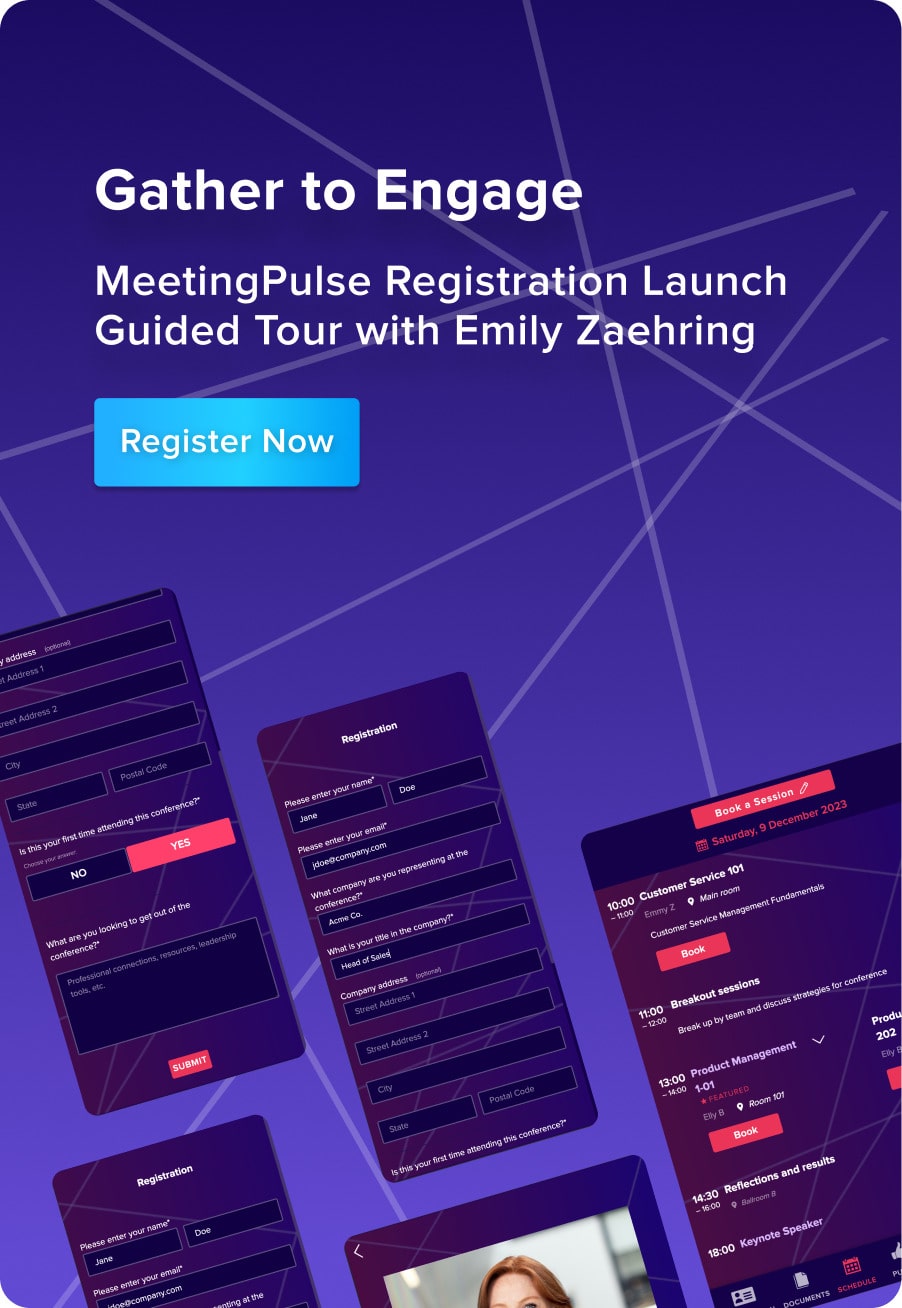The ultimate goal of a poll or survey during a live event is to crowdsource the general opinion and feedback of your audience in real time so that you can engage with your them directly. The presenter and/or pollster conducts their research using a series of questions; then, based on the answers provided, they extrapolate the general consensus and use the data for strategic insight and dialogue.
Like George Gallup says, “Polling is merely an instrument for gauging public opinion. When a leader pays attention to poll results they are listening to the will of the people.” Gallup is the pioneer public polling statistician who developed the Gallup poll.
SMS and online polling have both emerged following the technological advancements of the times. Pioneer polling methods include mailing millions of postcards to collect responses from the electorate. Then, analysts would count the returned cards to predict the wins of several politicians, including Franklin Roosevelt and Hebert Hoover. This was categorized as a straw poll, the original form of polls.
SMS and web-based audience polling methods are much more scientific in approach, plus they can provide much more complex insight in real time. They are far easier to scale to wider audiences while maintaining the capability to be highly targeted.
At Meeting Pulse, we’re dedicated to providing you with the tools and strategic resources for meaningful polling and information at your events. With that, here’s our guide to SMS and online polling to gain insight for your organization or business.
Related: 25 Fun Poll Questions to Ask Your Audience
SMS Poll

SMS polling, or text message polling, was considered one of the easiest ways to gather opinions or comments at an event. While it can be fast, poor data connection can slow it down. This method of polling relies on an audience using their mobile devices to respond to a series of questions.
Because SMS polling doesn’t require any specialized hardware, the pollster will typically create a questionnaire and share it with the sample group via text. The results are updated in real-time as the responses come in, making it an ideal polling method when dealing with customers, conference attendees, and social media followers.
Access to SMS is also very ubiquitous as smartphone use continues to grow in nearly every nation around the world. However, SMS polls tend to offer fewer options for types of questions. They are also difficult to customize for appearance.
Pros of SMS Polls
- People are familiar with texting
- They have easy voting functionality for both the respondent and the pollster
- It’s quick to create an SMS poll
Cons of SMS polls
- They can’t accommodate in-depth surveys and functionalities
- User interface can’t be customized
- Analysis and data visualization capabilities are limited
- Poor cellular connection may make response time slow
- Can cost more due to data usage
- Can only be accessed through a phone device
Online poll

An online or web-based poll is when participants and attendees respond to poll questions via the internet. They can do this remotely or at a meeting or event for fast results. An administrator creates a poll or survey and shares a URL link for audience members to use. The questionnaire is web-based and the responses are also extrapolated using web-based tools.
With online audience polling tools, there’s more room to be creative and detailed in the questionnaire with the types of responses one is looking for. Online polling tools have much more features and looks more professional.
Pros of Online polls
- They offer much more features
- They allow for more detailed questionnaires and responses
- They give much richer data and insights
- They can be customized to look more professional
Cons of online polls
- They require internet connectivity for the respondent
- People aren’t as familiar with online polling yet
- They require a smartphone or more sophisticated device
Comparison of SMS and Online polling
The applications
Online polling have much more applications because it allows poll administrators to ask more complex questions and in different forms, whether it’s a live Q&A, sentiment tracking during a meeting, or panel discussion. Online polls can be used to gain deeper insights to be used immediately at a meeting, or to collect more nuanced audience insight to be used at a later date.
Ease of use
Attendees might find it more challenging to respond to SMS polls because SMS polls often include complicated instructions like “text 7 for yes and 8 for no”; online polls are usually much more intuitive with simple buttons for “yes” and “no.” The biggest hesitation for online polls are if the audience is not tech savvy enough to access a URL on their smart devices.
Get started with easy-to-use polling services at Meeting Pulse.
Design
Online polls can be more engaging because they can be designed with more visual appeal with the attendees experience in mind. Online polling tools can also be customized to match the theme of the event or company meeting. With prettier and more sophisticated polls, your target audience is more likely to enjoy submitting their responses.
How to create an SMS poll

Find an SMS Poll creator and editor and create the polling questions intended for your attendees. One can program the poll so that it stops receiving responses after a certain time frame.
Customize the poll results with the colors and fonts that are best representative of the type of poll. Choose how the poll results will be seen at the end. Make sure to install Adobe flash for the poll to be properly displayed especially if there are interactive elements.
Share the poll with the sample group. Include it in a blog or website to allow real-time monitoring of the results as they are submitted. In most cases the poll provider gives unique voting numbers that will be sent to the SMS voting number. Now wait for the results.
How to create an online poll
Create the questionnaire and ensure it’s brief and the questions are to the point. Make sure the questionnaire is customized to suit the poll.
Next, place the questionnaire either as a pop-up window on a blog or website. At Meeting Pulse, we even offer PowerPoint integration. If you are planning an event, we offer on-site support, organizational consulting, and event design, too.
SMS and online polling

While SMS polling can be easier to put together, it looks less professional and offer much less applications compared to online polling. For credible results in a professional setting, an online poll is probably the better option.
Moreover, online polling has the ability to be embedded in a variety of communication channels, including SMS. An embedded link sent to internet-enabled devices allows your audience to access a poll via the mobile device’s internet browser. On top of this, various tools such as web pop-ups, email, and embeds in other mediums allows one to reach a wider audience and boost engagements compared to just SMS polling.
More complicated polls can also be designed using online polling vs. simple SMS polling. Allowing various logic gates and forms of questions to be used (e.g., slider scales, checkboxes, etc.). All of this means online polls are gaining traction as more businesses are beginning to see the value of internet-based tools for their meetings.
To get started with your online or SMS polls, check out our capabilities at Meeting Pulse.
Related: How to Get People to Take a Survey






